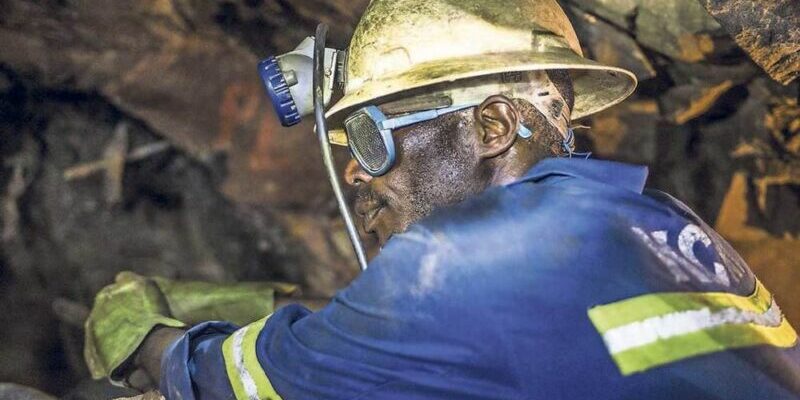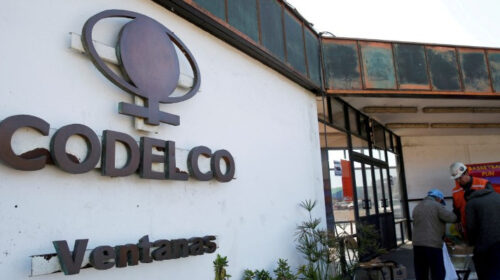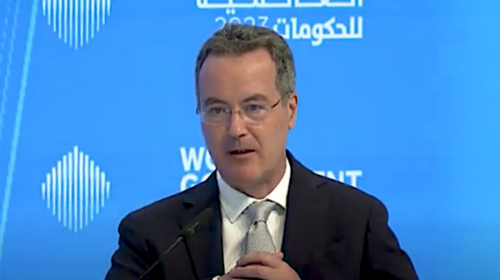Sibanye-Stillwater Achieves Record Safety Milestone in Q1
Sibanye-Stillwater reported its lowest group Serious Injury Frequency Rate (SIFR) in history for the first quarter ending March 31, with a rate of 2.19.
This marks a 15% reduction from the same period last year and is the third consecutive annual improvement since Q1 2021 when the SIFR stood at 4.
“The continued improvement in group safety performance year-on-year is pleasing, confirming that our safety strategy continues to gain traction and that we remain on track for a further reduction of risk for all safety incidents,” said Sibanye CEO Neal Froneman in the group’s Q1 operating update on May 10.
The group’s Lost-Day Injury Frequency Rate also decreased by 7.6% year-on-year, and the Total Recordable Injury Frequency Rate fell by 11.3%.
In terms of operational restructuring and capital preservation, Froneman noted that measures taken in the latter half of last year and the first quarter of this year have led to significant improvements in the group’s US Platinum Group Metals (PGM) operations. The benefits at the South African operations are expected to unfold over an extended period.
“We are confident that the restructuring that has taken place to date, at the South African operations as well as the current regional restructuring, will secure a lower cost structure for the South African region, despite the phased closure costs and initial disruption which impacted the first quarter,” he explained.
Froneman highlighted the notable improvement in the performance of the US PGM operations, achieved soon after restructuring efforts, which repositioned the operation for lower production and costs.
This restructuring occurred during Q4 of last year, leading to improved adjusted earnings before interest, taxes, depreciation, and amortization (EBITDA), despite receiving a lower two-element (2E) PGM basket price in Q1.
Sibanye reported that its underground mined 2E production was 22% higher than Q1 2023 and 5% higher than Q4 of last year, with all-in sustaining costs (AISC) decreasing by 28% year-on-year to $1,335/oz of 2E, remaining within full-year guidance.
Froneman stated that ongoing efforts to address skills shortages and other operational constraints were expected to yield further gains throughout the year.
Gold production from the South African gold operations in Q1 was 18% lower than in Q1 2023, with AISC rising by 19%, primarily due to the cessation of production from the Kloof 4 shaft in 2023 while still incurring costs during the phased closure process.
At the South African PGM operations, lower production from four loss-making shafts undergoing Section 189 consultations and lost production from the Siphumelele shaft due to a headgear incident were offset by the consolidation of an additional 50% of Kroondal production following the early closure of Anglo American Platinum’s (Amplats’) 50% shareholding acquisition in November 2023.
Four-element (4E) PGM production for Q1 increased by 3%, with AISC rising by 11% year-on-year, reflecting the impact of residual closure costs from the phased closure of infrastructure post-restructuring and shaft closure, Froneman revealed.
He noted significant improvements in the operating performance of the Sandouville refinery, attributed to better circuit availability and production stability following repairs to the cathode units in the electrowinning circuit in mid-2023 and other plant enhancements.
As a result, production was 42% higher than Q1 2023, with nickel-equivalent sustaining costs 40% lower, primarily due to reduced feedstock purchase costs, a lower nickel price, and lower reagent and overhead costs.
The prefeasibility study (PFS) for potentially repurposing the Sandouville nickel refinery in France to produce precursor cathode active material commenced in March. The initial outcomes of the PFS, now called the GalliCam project, are expected by year-end.
Sibanye further reported that its Century zinc reprocessing operation in Queensland, Australia, was disrupted by severe regional weather in Q1, leading to production below forecast and higher AISC.
“The operations have recovered from the wet weather impact and, with the recent increase in the zinc price and significantly lower yearly benchmark treatment charges of $165/t in 2024 versus $274/t in 2023, the outlook has improved,” Froneman explained.
However, the significant decline in PGM prices last year, coupled with lower production and higher residual costs from restructuring the South African gold and PGM operations, resulted in a substantial drop in adjusted EBITDA.
The average 2E and 4E PGM basket prices were 32% and 34% lower year-on-year, respectively, leading to a 72% decline in adjusted EBITDA to $113 million for Q1.
120 total views , 2 views today





